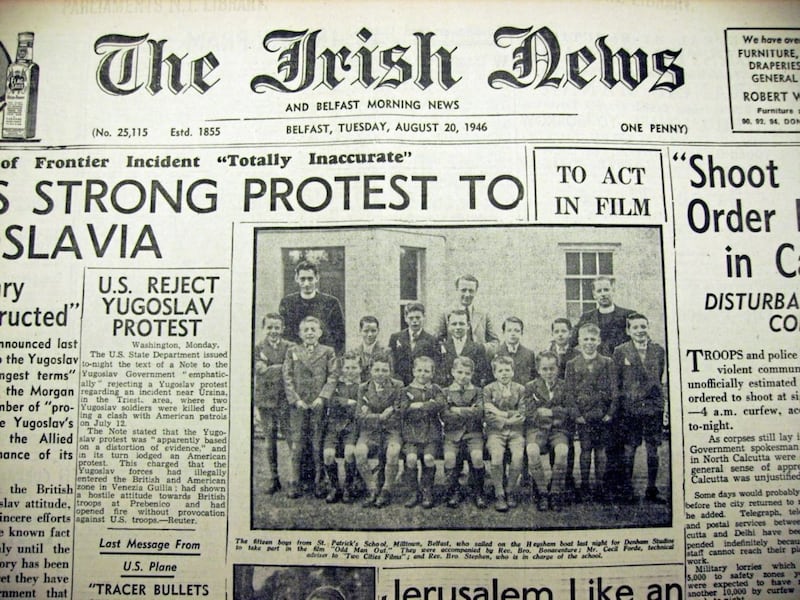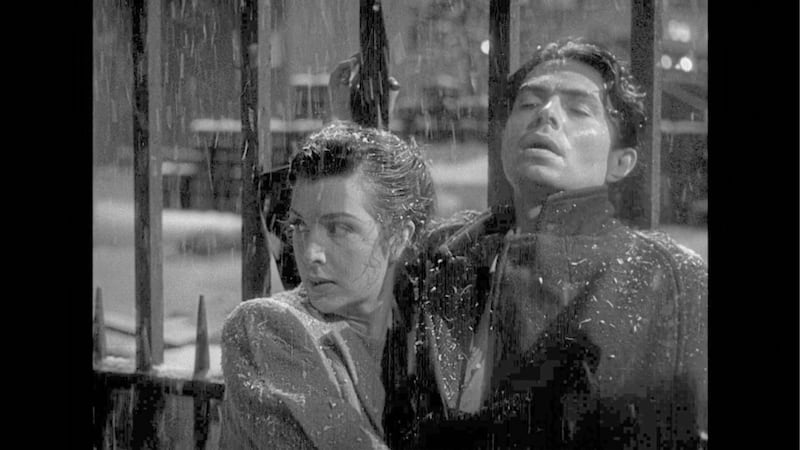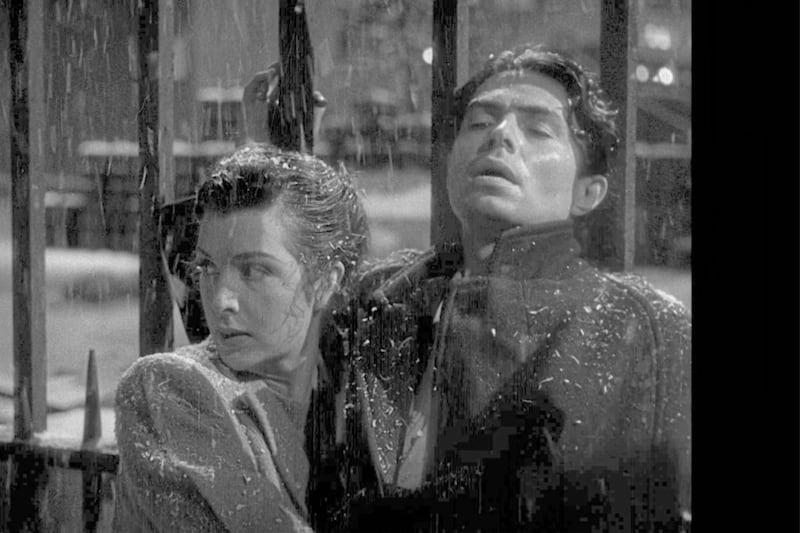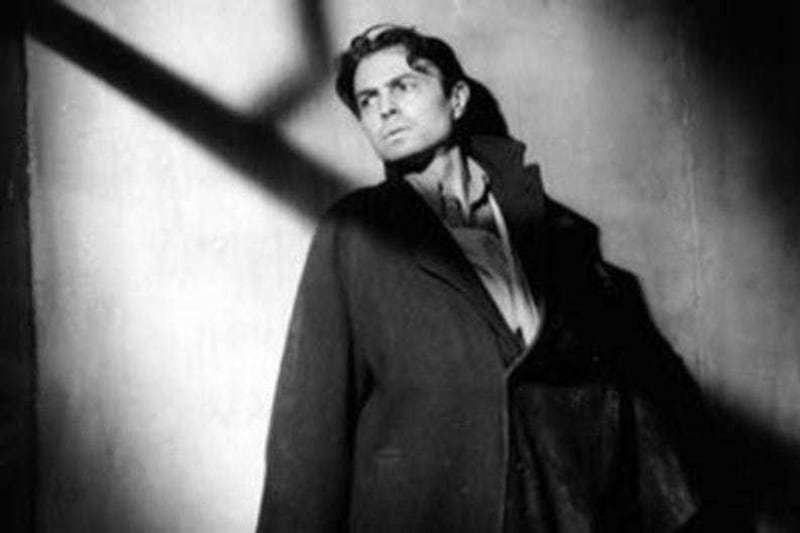WHEN Carol Reed’s classic film Odd Man Out opened on March 3 1947 in Belfast's Classic cinema – which stood on the site recently abandoned by British Home Stores – it caused quite a stir.
Keeping an eye on the long queue that had formed outside the cinema early that day in Castle Lane was a large body of RUC men in uniform and in plain clothes. This was partly because the Inspector General, Sir Richard Pym, was in the audience, and partly because the subject-matter of the film was deemed to be sensitive. The story of an RUC manhunt for a seriously injured IRA gunman on the run after a botched robbery was inevitably going to unnerve the authorities.
The three-week run at the Classic proved to be uneventful, however, except for one showing when a tipsy demobbed soldier from Boundary Street greeted the appearance of the RUC on screen with a cry of “Up the rebels!” He was escorted to the exit and arrested in the foyer. In fact the RUC is not specifically identified as such in the film, the IRA is referred to only as the ‘Organisation' and Belfast is nowhere mentioned. But Belfast audiences had no difficulty making the identifications.
Although Odd Man Out, adapted from a novel by FL Green, presents a memorably bleak portrait of Belfast in the immediate postwar years – grey, rain-lashed or snow-carpeted – the film was generally well received by cinema goers. Most people were thrilled to see familiar streets on the big screen.
Excitement had been growing in the city ever since a film crew had turned up months previously in Boomer Street and Hamilton Place.

I recall my own delight when as a small boy I accompanied my father down the Falls Road on a trolley bus to see the film crew at work around High Street. The city still bore the scars of war. Opposite the ‘big’ Woolworths was the open ‘Blitz Square’, a gift from Hitler’s Luftwaffe. At Pottinger’s Entry a large crowd had assembled. My father lifted me up so that I could better see the blindingly bright lights, the large camera and a number of people scurrying around shouting directions. It all seemed so very disorganised. But it was my introduction to the practical side of film-making: the reality behind the make-believe.
There was too much make-believe for some viewers at the time. It was obvious that liberties had been taken with the topography of the city; the Albert Clock had been re-located, for example – this the most obvious of several instances of artistic licence.
Others lamented the dearth of authentic Belfast accents among the cast. Two notable exceptions were Joe Tomelty in the cameo role of a Belfast cabbie, and his mother-in-law, Min Milligan of The McCooeys fame, who played the priest’s housekeeper. James Mason, in the title role of Johnny McQueen, the taciturn anti-hero at the heart of the story, struggled a bit with the Belfast cadences.
And at times there was a suggestion of the Liffey rather than the Lagan in the accents of the great Abbey Theatre actors who played many of the supporting roles, among them Cyril Cusack, FJ McCormick, Dan O’Herlihy and WG Fay.
There was universal praise, however, for the Belfast children who furnished the street scenes: squabbling, cadging, baiting the police, kicking a football or playing ‘marlies’ in the back streets and cobbled alley-ways. Fifteen of them had been recruited as extras from St Patrick’s Industrial School at Milltown on the Upper Falls.

The boys from St Patrick’s were a familiar sight on the Falls Road. I recall seeing a group of them every Saturday afternoon being marched in orderly fashion down the road and into the balcony of the Broadway cinema for a free film show.
As for the lucky extras on the film set, their reward was a trip to Denham Studios in Buckinghamshire where most of the film’s indoor scenes were shot. They were photographed by The Irish News before boarding the Heysham steamer. Many must still be alive and it would be interesting to hear their memories.
Odd Man Out is arguably the best fictional narrative ever made about Belfast, and it certainly put the city on the cinematic map. At the same time, it transcends the particularities of place and time. Much more than a tense atmospheric thriller, it is ultimately less about the ‘Organisation’ than about the various and conflicted feelings of the ordinary people Johnny meets on his last, sad, doomed odyssey through the dark streets of the city: the cabbie, the pauper, the priest, the bar owner, the half-crazed artist and the failed medical student.
This paper’s film critic at the time concluded that Odd Man Out was “within hailing distance” of being a masterpiece. For James Mason it was a stepping stone to Hollywood; for Carol Reed a step on the road to The Third Man and for Belfast a visual memory frozen in time.
:: Tom Hughes is author of How Belfast Saw the Light: A Cinematic History.




